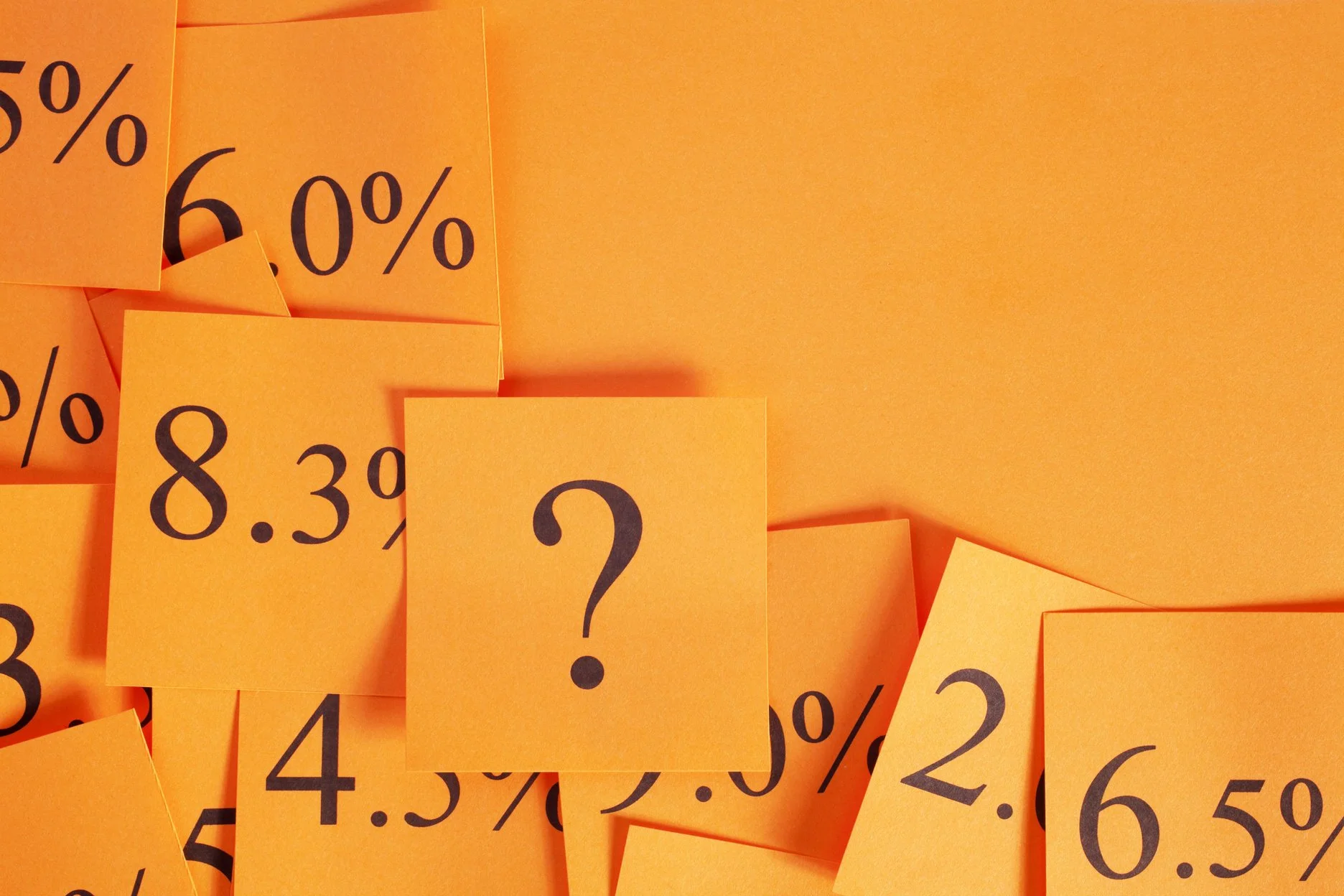Following its first rate cut in over four years in February, the Reserve Bank of Australia (RBA) announced a second reduction on Tuesday, lowering the cash rate to 3.85 per cent. The move was widely anticipated.
"Inflation has fallen substantially since peaking in 2022, as higher interest rates have worked to bring demand and supply into closer balance. March quarter data confirmed that inflation continues to ease," the RBA stated.
Trimmed mean inflation fell to 2.9 per cent annually—below 3 per cent for the first time since 2021—while headline inflation held at 2.4 per cent, within the target range of 2–3 per cent. Updated forecasts indicate that although headline inflation may temporarily rise toward the upper end of the target band, underlying inflation is expected to remain around the midpoint throughout most of the forecast period.
With inflation stabilizing near target, the RBA board concluded that further easing of monetary policy was appropriate.
Ahead of Tuesday’s decision, market expectations were clear: the ASX RBA Rate Tracker priced in a 96 per cent likelihood of a cut, with only 4 per cent expecting rates to hold.
HSBC Chief Economist Paul Bloxham endorsed the cut as a timely response to slowing domestic growth—especially in consumer spending—and rising global uncertainty from a major trade policy shock. "We expect the RBA to cut its cash rate by 25 basis points this week, marking the second cut in this easing cycle. The RBA's patient approach to post-pandemic inflation has paid off," Bloxham noted.
However, he warned that while modest cuts may support growth, they won't resolve deeper structural issues in the Australian economy. “A structural reform agenda is needed to ease business operations, curb cost growth, and boost investment,” he said. “Weak productivity will likely keep the RBA cautious about the pace of further rate cuts.”
Rick Maggi, Financial Advisor Perth, Westmount Financial

